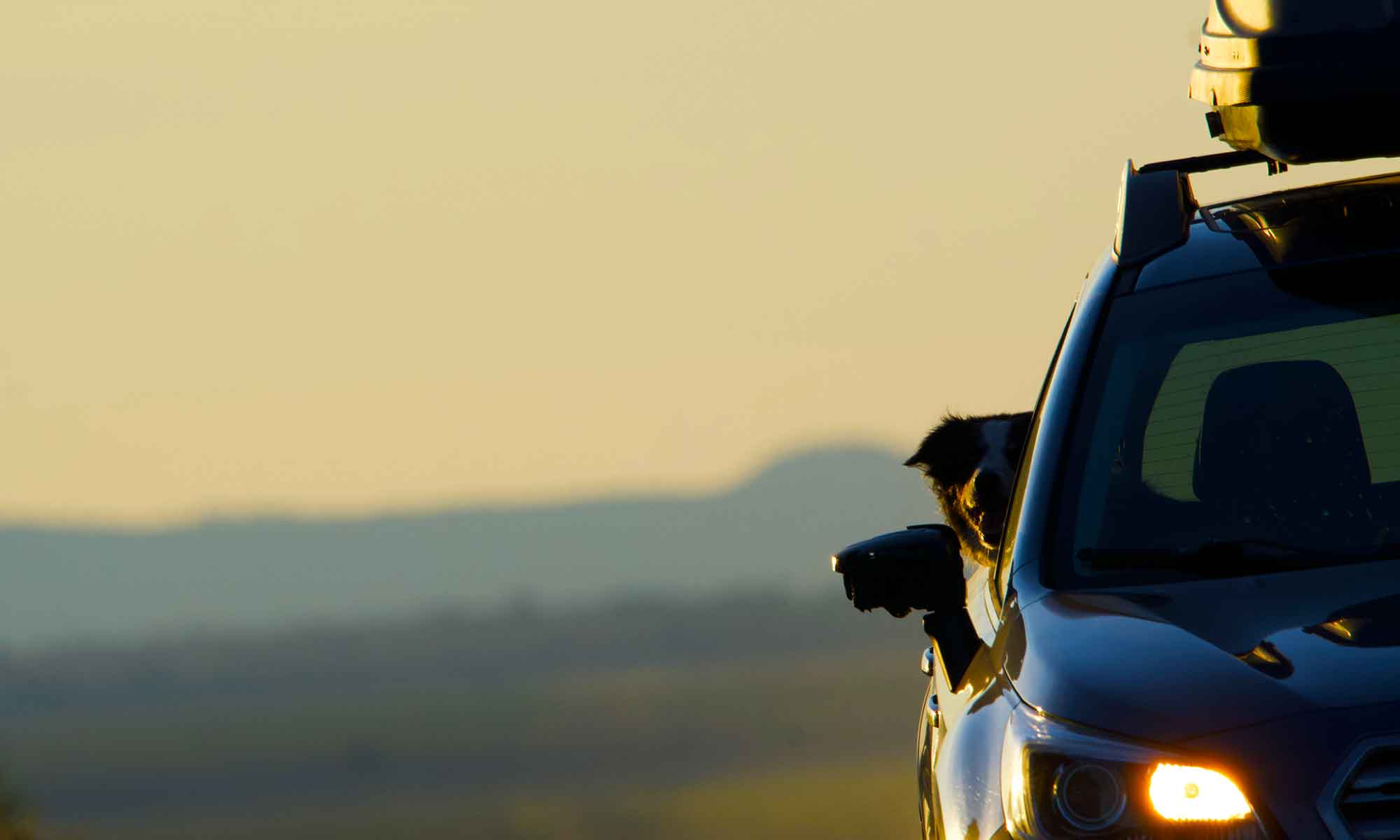 There is a regional flyfishing show in Seattle every year that we’ve been interested in checking out.
There is a regional flyfishing show in Seattle every year that we’ve been interested in checking out.
Last year we had a huge snowfall around the time of the show. But this year we’ve enjoyed a few weeks of mild weather and clear roads, making a trip north and west a possibility.
Any time we’re on Pacific Northwest roads during winter, we travel with basic emergency supplies. Cold weather coats, hats, gloves and boots and a cooler full of rations.


Our route plan was to use US 97 north to Washington state, hit interstate 90 and use Snoqualmie Pass to get over the Cascades
There are still a few feet of snow in the passes but the lower level roads appeared clear.
We kept watch for changing weather conditions, even tracked avalanche warnings, knowing Snoqualmie Pass is at risk. When stopping for coffees and to stretch our legs, we spoke to a couple of area locals about road conditions. Apparently there was a road closure at MP 67, but they figured it would be open by the time we arrived (which it was).

We’d never been through these parts of the state so it was nice to explore some new country. Apple and wine country to be exact, plus it’s really a beautiful drive.

Getting to Seattle and the show was not a problem, took our time and made it through the crazy Seattle maze of freeways.
The show was … well, glad we went, but we’re not going again … okay.
Didn’t explore Seattle, instead we headed out the next day to knock around Central Washington.
Our plans got shuffled when there was an avalanche delay on Snoqualmie and we had to shift routes south, then east to White Pass and into Yakima.
We encountered a bit more snow on this southern route and any view was hindered by a snowstorm. We did however get a sense for the potential of White Pass and the Mt. Rainer area and plan on a revisit.
Spent a night in the heart of Central Washington wine country and the charming little town of Zillah. It’s just east of Yakima and on the northern edge of the Yakima Nation’s reservation. This area is on the eastern edge of the Cascades and the start of some really beautiful canyon land we are itching to check out.









 Life in Central Oregon affords us the luxury of day trips to a large selection of scenic places. Occasionally we’ll hit a pub or restaurant, but more often these trips are accompanied by a packed lunch and sometimes dinner.
Life in Central Oregon affords us the luxury of day trips to a large selection of scenic places. Occasionally we’ll hit a pub or restaurant, but more often these trips are accompanied by a packed lunch and sometimes dinner. We’ve had the same picnic kit for nearly 40 years. At it’s heart is an old “Frostline kit” with a small nylon utensil bag both gifts from Jack’s older sister. In here is a small ‘billy’ can, tea pot, two bowls, a couple sets of eating utensils, a sharp knife and a white gas stove.
We’ve had the same picnic kit for nearly 40 years. At it’s heart is an old “Frostline kit” with a small nylon utensil bag both gifts from Jack’s older sister. In here is a small ‘billy’ can, tea pot, two bowls, a couple sets of eating utensils, a sharp knife and a white gas stove.


 The go to recipe on these cool winter outings is equal portions cocoa mix and Trader Joe’s instant coffee stirred into a mug of water fresh off the boil.
The go to recipe on these cool winter outings is equal portions cocoa mix and Trader Joe’s instant coffee stirred into a mug of water fresh off the boil.






 We enjoyed an Eastside Pub, Ancestry Brewing, which if you get a chance has great burgers and fine pints.
We enjoyed an Eastside Pub, Ancestry Brewing, which if you get a chance has great burgers and fine pints.

 We try to make it over to the High Desert Museum at least once a quarter, which is how often they change out exhibitis.
We try to make it over to the High Desert Museum at least once a quarter, which is how often they change out exhibitis. The most recent one is a collect of journal drawing from a Japanese internee and it was extremely interesting. A totally unique look at the shameful treatment our government pushed on American’s of asian descent during the second world war.
The most recent one is a collect of journal drawing from a Japanese internee and it was extremely interesting. A totally unique look at the shameful treatment our government pushed on American’s of asian descent during the second world war.









 At Kiyokawa Orchards there are warehouse size bins filled with apples and pears. And not just a couple of kinds. At peak season there are 120 varieties of apples and 24 varieties of European and Asian pears. Plus a bunch of different plums.
At Kiyokawa Orchards there are warehouse size bins filled with apples and pears. And not just a couple of kinds. At peak season there are 120 varieties of apples and 24 varieties of European and Asian pears. Plus a bunch of different plums.


